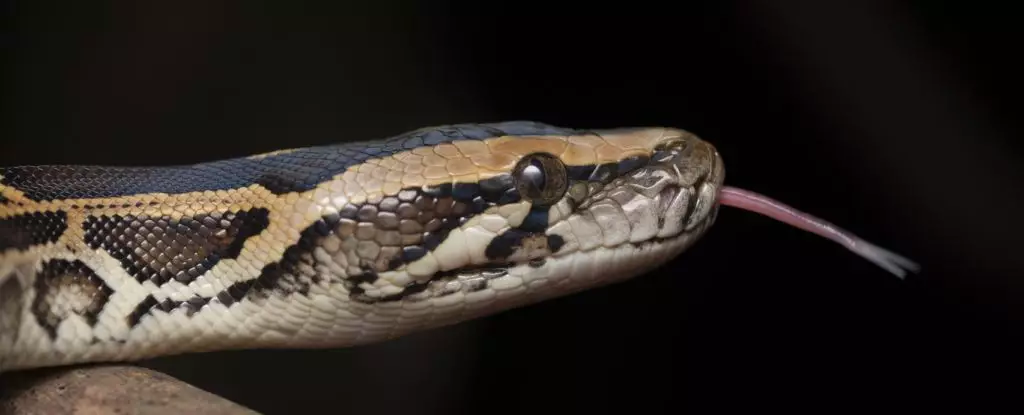Despite the remarkable revelations about snakes and their extraordinary digestive mechanisms, the scientific discourse often remains limited by a narrow focus on human relevance. We tend to interpret animal adaptations through a lens that emphasizes their similarities—or lack thereof—to human physiology, often missing the profound evolutionary implications. This article, however, uncovers a cellular marvel that pushes us to rethink what is biologically possible and highlights the profound ingenuity of evolution, which is often overlooked by mainstream narratives. The new findings concerning the specialized intestinal cells in Burmese pythons aren’t just about snake biology—they expose a fundamental truth: life on Earth has evolved multiple, intricate solutions to similar challenges, and these solutions have often gone unnoticed, buried in overlooked cellular processes.
Challenging Assumptions About Digestion and Evolution
Traditional biology tends to view digestion as a straightforward process—food is broken down into absorbable units. But the discovery of these newly identified cells challenges that simplicity. The fact that some animals, like Burmese pythons, can digest entire bones without regurgitation or passing off fragments suggests an evolutionary mastery over nutrient absorption, one that redefines what is biologically feasible. These cells, with their highly specialized microstructures and capability to sequester excess calcium and phosphorus, exemplify how evolution innovates complex solutions tailored to an organism’s ecological niche. The presence of these cells in the Gila monster suggests that such mechanisms are more widespread than previously thought, hinting at a deep-rooted evolutionary strategy with potential relevance for human medicine and environmental sciences.
Implications for Ecosystems and Biological Diversity
The universal nature of these cells extends beyond snakes to other predatory reptiles and possibly marine species. This cross-species recurrence indicates that the challenge of processing bones is a common evolutionary hurdle—one that has been elegantly addressed through cellular innovation. It invites us to reconsider how we categorize animals and their dietary adaptations, recognizing the vast, mostly uncharted realm of cellular evolution that underpins biodiversity. These findings serve as a stark reminder that life constantly evolves mechanisms to counteract physiological overloads, such as calcium poisoning, which could threaten survival. By understanding these natural solutions, we not only deepen our knowledge of biodiversity but also inspire biomimetic approaches in human health, where calcium imbalance is a persistent issue.
Reclaiming Natural Ingenuity from Neglect
For too long, the narrative of biology has centered on humans and model organisms, neglecting the rich tapestry of cellular innovation found in the animal kingdom. The discovery of these specialized cells rewires our understanding of digestive physiology and reminds us that nature’s ingenuity often surpasses human engineering. It raises vital questions: Why aren’t we studying these cells more extensively? Could these mechanisms inspire new treatments for calcium-related disorders? This breakthrough beckons scientists and medical researchers to pay closer attention to these native biological strategies, which have evolved over millions of years in response to ecological pressures. They challenge the assumption that complex, efficient solutions are exclusive to humans or limited to certain species—undermining the anthropocentric bias that often pervades scientific inquiry.
Future Directions and Ethical Reflections
This discovery underscores how much remains undiscovered in our natural world. As we venture further into understanding cellular adaptations, we must reflect on the ethical implications of manipulating these processes. If we can learn to mimic or enhance such biological mechanisms, might we someday address human calcium dysregulation or improve nutrient absorption? But this pursuit must be approached with caution, respecting the complexity and integrity of natural systems. Moreover, the phenomenon challenges the notion that organisms are merely passive recipients of environmental pressures; instead, they are active innovators, constantly refining their internal machinery. Recognizing this shifts our worldview away from an anthropocentric dominance over nature—viewing ourselves as separate from, rather than part of, a complex web of evolutionary solutions. This paradigm shift isn’t just scientific—it’s philosophical, urging us to see the natural world as a symphony of innovation that deserves admiration and responsible stewardship.



Leave a Reply